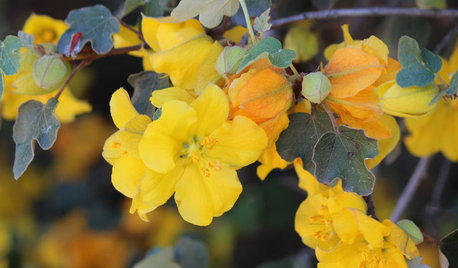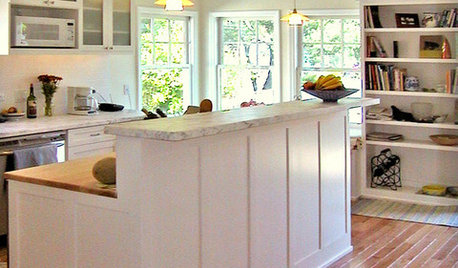Mass Transplanting Questions: Tomatoes and Peppers
biradarcm
13 years ago
Related Stories

EDIBLE GARDENSSummer Crops: How to Grow Tomatoes
Plant tomato seedlings in spring for one of the best tastes of summer, fresh from your backyard
Full Story
FARM YOUR YARDHouzz Call: Home Farmers, Show Us Your Edible Gardens
We want to see where your tomatoes, summer squashes and beautiful berries are growing this summer
Full Story
EDIBLE GARDENSGarden BFFs? Why Your Vegetables Are Begging for Companion Plants
Foster friendships among plants for protection from pests, pollination support and color camaraderie
Full Story
CALIFORNIA GARDENINGCalifornia Gardener's May Checklist
Only one major chore but a plethora of planting possibilities means a delightful month in California gardens
Full Story
GARDENING GUIDES10 Easy Edibles for First-Time Gardeners
Focus on these beginner-friendly vegetables, herbs, beans and salad greens to start a home farm with little fuss
Full Story
KITCHEN DESIGN8 Kitchen Organizing Ideas for Messy Cooks
Not the clean-as-you-go type? Not to worry. These strategies will help keep your kitchen looking tidy no matter what your cooking style is
Full Story
FARM YOUR YARDHow to Grow Vegetables in Containers
Get glorious vegetables and fruits on your patio with a pro’s guidance — including his personal recipe for potting mix
Full Story
EDIBLE GARDENSHow to Grow Your Own Sweet Summer Crops
This guide will help any gardener get started on growing the freshest warm-season veggies and berries for summer
Full Story
FARM YOUR YARD10 Easy Edibles to Grow in Containers
These herbs, vegetables and fruits are just as happy in a pot as they are in the ground
Full Story
GARDENING GUIDESWhat Are Your Spring Gardening Plans?
Tearing out the lawn? Planting edibles? Starting from scratch? Tell us what you plan to change in your garden this year
Full Story


p_mac
soonergrandmom
Related Discussions
Need Advice on Planting Pepper Transplants!
Q
Green peppers are they ready to transplant + optimal soil w/pic
Q
help with transplanting pepper plants!
Q
Exploring Options with peppers, tomatoes, and eggplant
Q
MiaOKC
telow
Okiedawn OK Zone 7
owiebrain
biradarcmOriginal Author
slowpoke_gardener
p_mac
soonergrandmom
joellenh
p_mac
ezzirah011
joellenh
Okiedawn OK Zone 7
biradarcmOriginal Author
Okiedawn OK Zone 7
biradarcmOriginal Author
biradarcmOriginal Author
jlhart76
soonergrandmom
owiebrain
jlhart76
Okiedawn OK Zone 7
ezzirah011
Okiedawn OK Zone 7